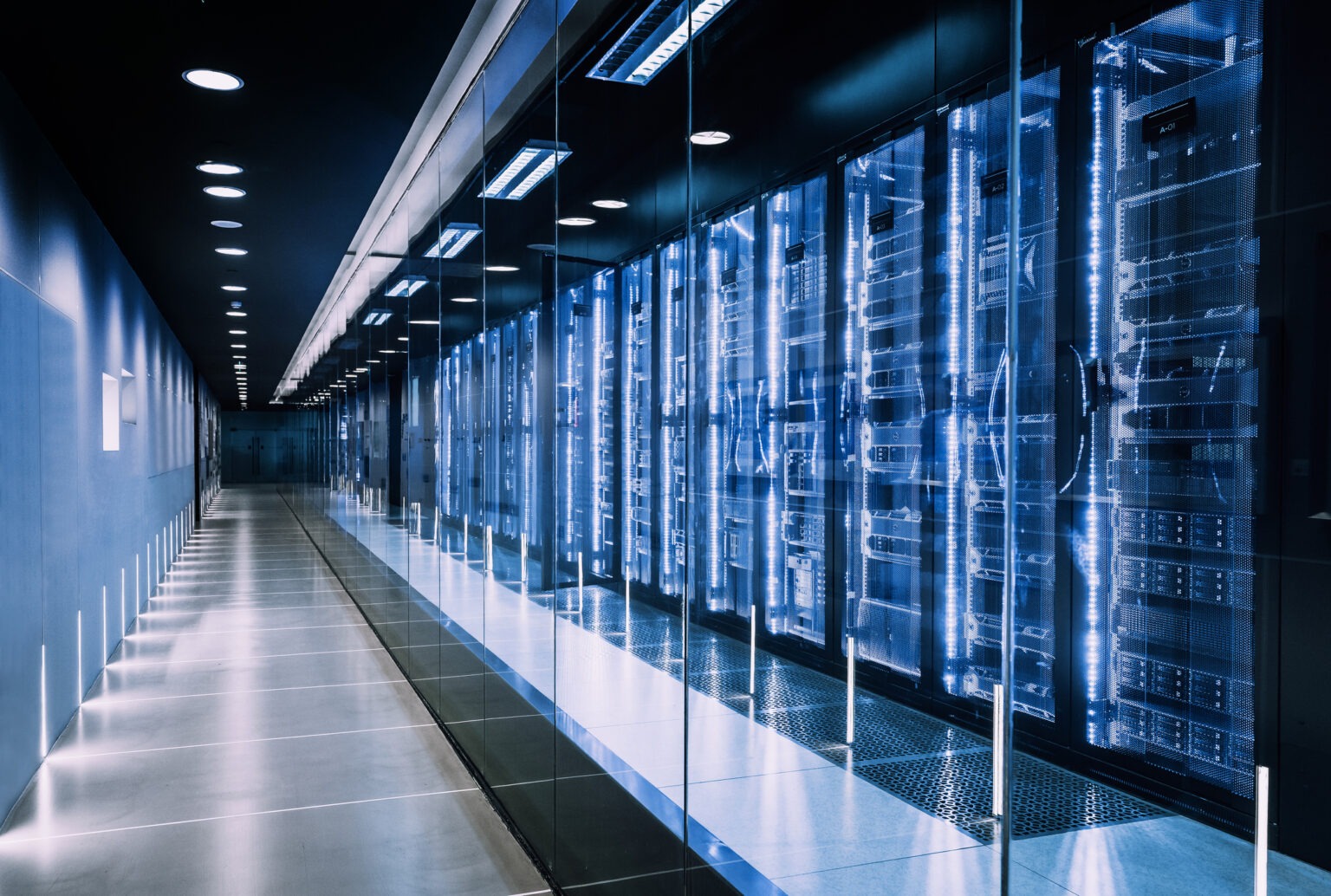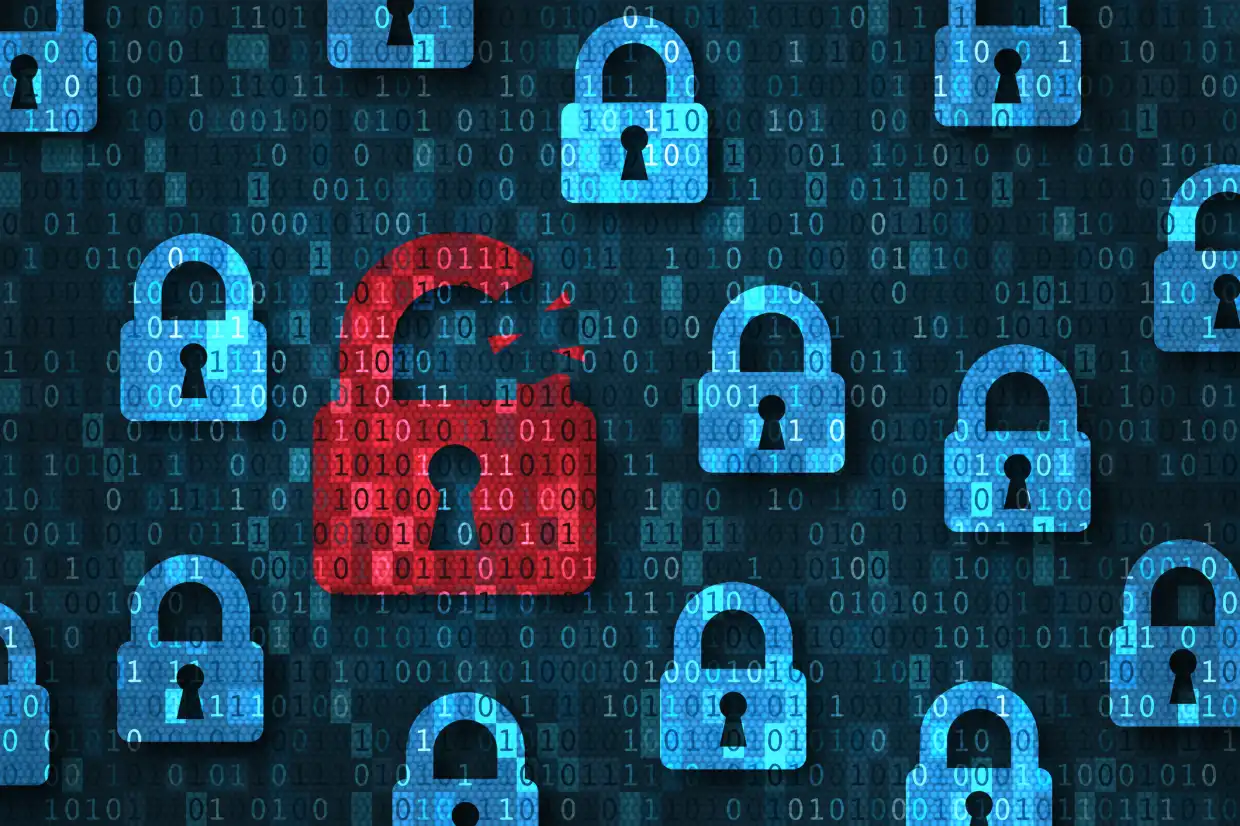
As applications and IT services advance, scaling and modernizing data centers and meeting increased performance and security requirements can be challenging. While networking technology has evolved over the past decade to provide higher-performing leaf-spine topologies, the unfortunate reality is that associated security and services architectures have not kept pace. To

As technology evolves, maintaining visibility across your IT portfolio has become incredibly complex. The transition from locally managed hardware assets to a combination of public and private cloud environments, virtual appliances, and software-defined networks has altered how providers license and monetize their products. Furthermore, the added complexity of distributed networks, the

As cyber threats increase in frequency and sophistication, despite their best efforts, most businesses will eventually fall prey to a bad actor. Are you prepared to recover? You’ve invested in state-of-the-art, end-to-end security solutions. You’ve implemented robust security and privacy policies and outlined best practices. You’ve got monitoring and detection

In today’s complex hybrid-cloud landscape, managing data protection has become more challenging than ever. Unplanned downtime caused by natural disasters, ransomware attacks, and outages poses significant threats to availability. According to a recent survey by IDC, 79% of IT and senior business leaders activated a disaster response within the past

In today’s connected, always-on world, unplanned downtime caused by a disaster can exact substantial tolls on your business from a cost, productivity, and customer experience perspective. Investing in a robust disaster recovery program upfront can save considerable costs down the road. Unfortunately, many businesses learn this lesson the hard way.

In today’s landscape of increasing frequency and sophistication of cyber threats, it is almost inevitable that most businesses will eventually fall victim to a bad actor, despite their best efforts. The real question is: are you ready to recover from a cyber event? While investing in state-of-the-art security solutions and

Are you overthinking your cloud model? If so, you’re likely in need of a well-defined cloud strategy. Companies with a clear cloud strategy position themselves to achieve more from cloud computing than those without it. A well-defined cloud strategy provides a playbook inclusive of principles, baselines, services, financial models,

Strategic, data-driven investments can help accelerate sustainable digital transformation and business outcomes. As the world works to reverse climate change through decarbonization and reduced reliance on fossil fuels, the oil and gas industry finds itself at the epicenter of this challenge. Governments, institutional investors, consumers, and employees continue to exert

A common misconception is that high-powered computing (HPC) and exascale supercomputing are too powerful for traditional businesses—that they’re only designed for mammoth university and government programs that seek to answer humanity’s biggest questions like how the galaxies are formed or finding solutions for global crises like climate change and hunger.